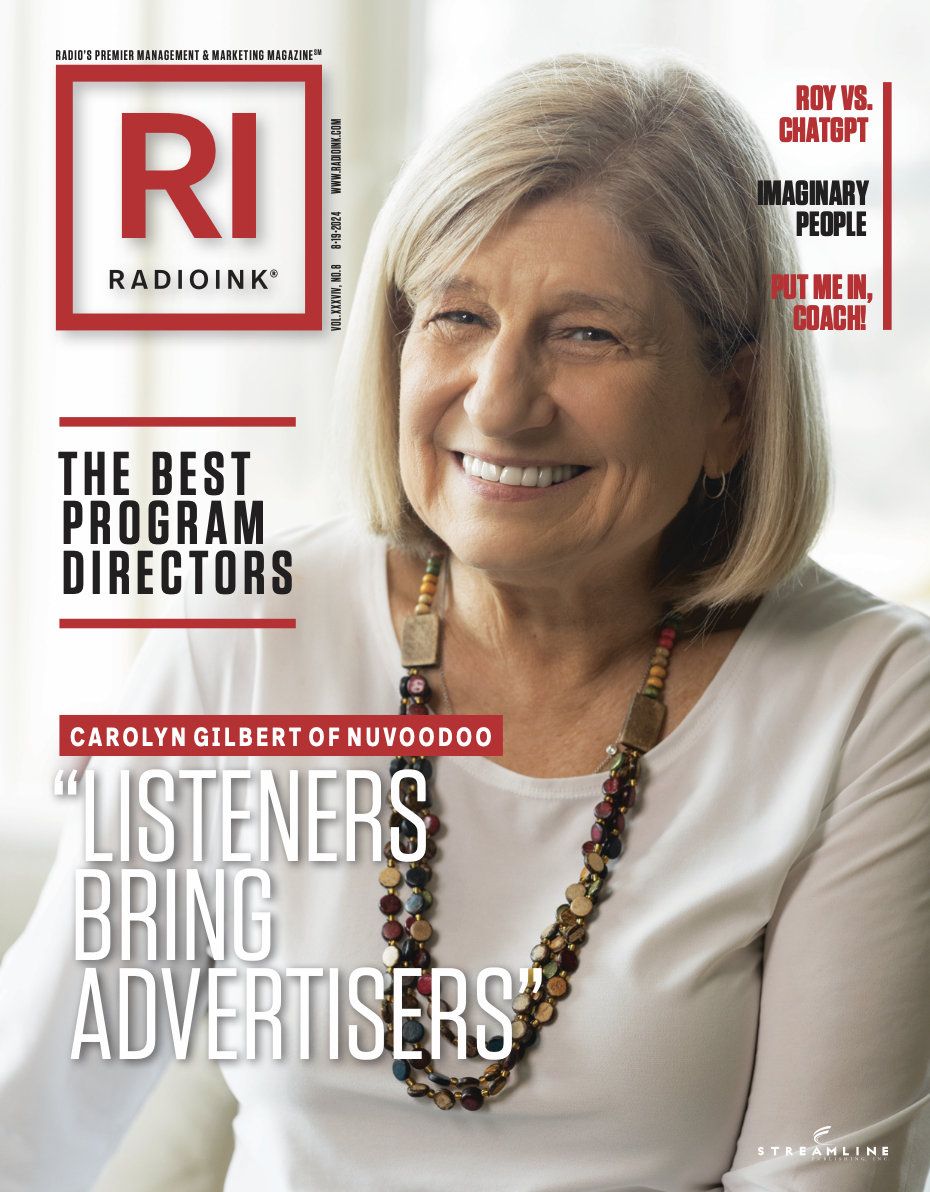
In October, BIA Advisory Services’ initial forecast for 2024 had local advertising revenues hitting $175.6 billion. Then in March, that forecast was tempered by 2% to $172 billion. Now BIA has readjusted that forecast one more time while adding our first look at 2025.
The latest predictions were revealed in a Marketron webinar on July 25 with BIA VP of Forecasting Nicole Ovadia and Marketron CEO Jimshade Chaudhari.
For the current year, BIA has bumped its local media ad spending forecast upward by around 1%, with “unprecedented” political ad spending contributing to the positive reconsideration. Overall, local ad spending is projected to reach $173.7 billion. While this still remains below October’s estimate, it remains a 9.5% increase year over year.
Traditional media is expected to generate $88.4 billion, with over-the-air radio ranking third behind cable and OTA TV. Digital media is not far behind, with revenues expected to hit $85.3 billion, where radio digital also holds the third position after Over-the-Top/Connected TV and TV digital platforms.
The gap between traditional and digital media spending is closing, with only a 0.9% difference in share of wallet. 2025 is anticipated to be a pivotal year where digital may surpass traditional for the first time. Radio itself is forecasted to be the fifth largest media in 2024, capturing $10.7 billion, or 6.2% of the total local ad spend, with a compound annual growth rate (CAGR) of +2.4% from 2020.
Digital platforms, particularly radio digital, are set to drive future growth, benefiting from Google’s decision to continue supporting cookies, which offers stability in digital advertising. Radio digital’s growth, excluding political ad spending, is projected at a CAGR of 3% from 2024 to 2028. In 2024, radio digital is expected to make up 3.4% of digital advertising with political ads included.
Top verticals for OTA radio spending in 2024 include political, investment and retirement advice, quick-service restaurants, commercial banking, and supermarkets. The same sectors also dominate radio digital spending, but with hospitals rounding out the top five.
The connection between local radio and local video spending was emphasized, particularly the synergy between radio advertising and CTV/OTT spending. Businesses that invest heavily in radio often allocate significant portions of their ad budgets to CTV/OTT, presenting a substantial opportunity for radio stations.
So what’s ahead for 2025? BIA shows all media growing by 5.5% to $170.9 billion. However, OTA radio might see a slight decline of 1.6% to $10.0 billion, representing 5.8% of total media spend, while radio digital is expected to grow by 4.2% to $2.9 billion. CTV/OTT could see a significant increase of 9.1% to $2.8 billion.
When it comes to taking full advantage of political’s tidal wave, Chaudhari highlighted the importance of radio stations keeping media kits current with updated coverage maps and being mindful of political constraints and lowest unit rate policies. He also suggested monitoring TV advertising to identify and attract advertisers displaced by political ads.
Ovadia pointed out potential growth areas for radio in 2025, such as the automotive sector and real estate, which are often overlooked by local radio marketers. As the landscape shifts, especially with political campaigns starting earlier, stations have opportunities to adjust their strategies to maximize revenue.
The entire webinar is available on-demand on Marketron’s website.






